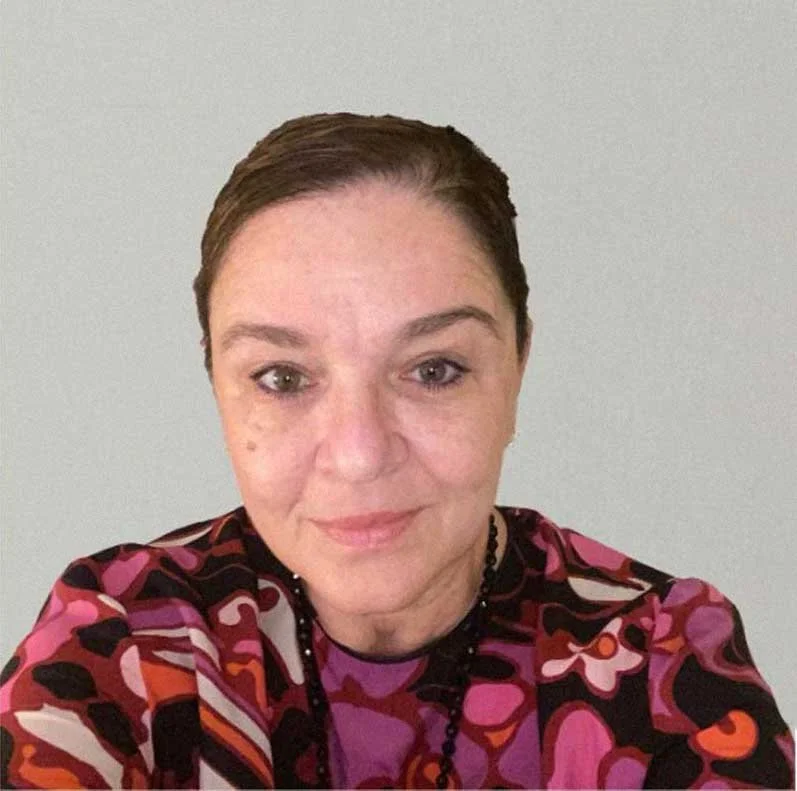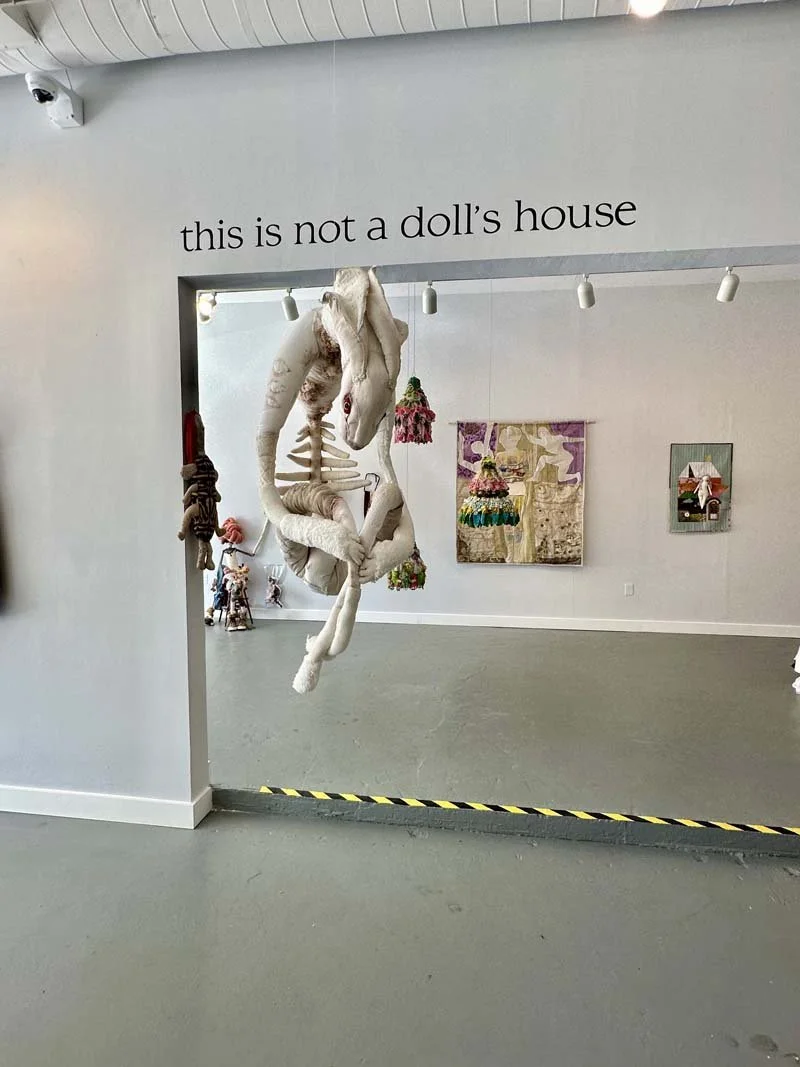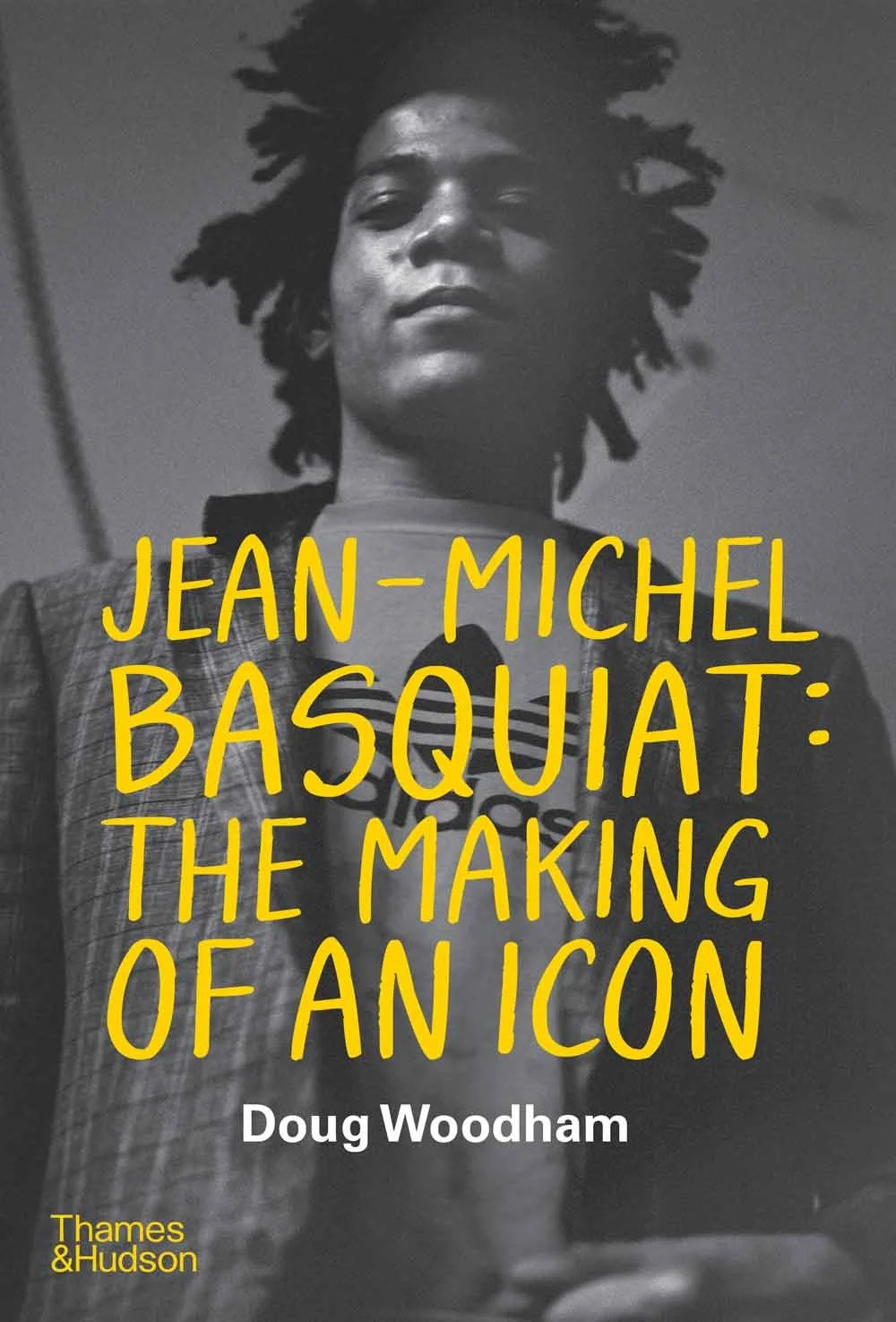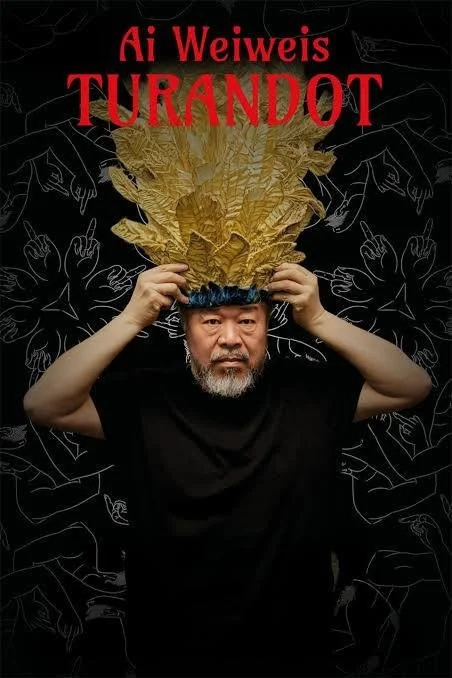A Conversation with Melanie Prapopulos
Founder | Director | Curator
The Contemporary Art Modern Project
THE CAMP GALLERY
791-793 NE 125th St., North Miami, FL
@thecampgallery
When did you first fall in love with art? For you, what is the importance of the arts? I have always appreciated art, but initially just on the surface - it was sort of hammered in by my family and trips to Europe and museums. I think the actual love came through first learning one can interpret what a creative does - whether they are conscious of that or not. This understanding came later in my life - I did not know until my core classes of art history and literature in university that one should not just take things at face value - one should dig deeper and explore symbols, intention and my own internal reactions. Even though, as I child, I stood by my mother as she cried in front of Dionysus holding the baby Hermes, I did not understand anything but what was directly in front of me - a statue. Later as an adult, in Florence, standing in front of so many masterpieces, knowing something then of the struggle it is to make art - was I finally able to really appreciate. I think we are not taught the importance of art - or maybe young brains can't 'compute' because of inexperience or innocence (as Blake says) we just don't 'get it.'
I strongly feel that artists stand in the unique position of being - what the Romantics termed - our present day prophets. Not that they necessarily forge messages of doom - but more they reflect where we are. Some artists do consciously respond to their environment, others unconsciously - that is what interests me. I consciously look for art that floats in and out of the artist's awareness and that of the viewer.
What does your typical day look like? And what do you love about your job? Typically, my day is in front of my desktop and on the phone. I love the contact with creativity, the conversations, the dreams creating an exhibition stimulates, the planning, the research, the writing, the accompaniment.
What are some of the projects currently shaping your calendar — both in and out of the gallery space? I am working on 2 fairs right now, Expo Chicago and Future Fair, 1 solo in gallery - happening now, 2 group shows in gallery - one in June and the other in July, and our annual fiber exhibition, which so far has over 75 submissions! And of course trying to strategize what we will do in Miami during Basel week.
Tell us about an artwork that’s stayed with you over time?
The Letter by Goya. I saw the work in person at the Met, and just liked it - but didn't know why until I really looked - and what I discovered was that the subject is reading a letter, under a parasol, while in the background are washerwomen laboring. The ability we all have to ignore our surroundings is what stood out to me. I found it to be so timeless, and I still find that work to be. That letter has been replaced by cell phones that not only remove any need to look up, but also there is little need to engage with anyone - the world is on our screens. But, is that always a good thing?
Which artist, living or historical, would you like to meet? I would love to meet Francisco Goya, Frida Kahlo, Wilfredo Lam, Praxiteles, Vanessa Bell, and Louise Bourgeois.
How do you select artists and artworks for your gallery? What qualities and criteria are you looking for? I think there are a few points or criteria I am always looking for. First would be the unique voice, second the skill behind the work, the artist's intention and passion, and if there are multiple ways to interpret a work. I am interested in the stories one can create when standing in front of an artwork.
A great thing about living in Connecticut is…
I sort of got transplanted in 2020 for many reasons, so now I am in a town in Connecticut, instead of in the bustle of where I used to be - Miami. I think this way now gives me much more room to really plan out the gallery year and the shows we do. There is something about the outside quiet that inspires and teaches me. I see more opportunity for growth and the need of harmony than I used to.
In your opinion, what role do galleries play in shaping public perception of contemporary social issues? How do you balance the educational and aesthetic aspects of an exhibition? For me, and all the CAMPers, the interdisciplinary aspect of how we all curate is key. Art is so much more than matching in a home - it is the reinforcement of what we want. I will explain - if artists are responding to the world around them - regardless of their topic, for the collector, it is how that work resonates with them. I think our first reaction to art is how or what draws us in: the color, the medium, the shape - then it is the story or stories from both the artist and the curator that 'hits' a chord that then invites the viewer in. Once a viewer can find something in art that comforts or even alarms, that is what really matters. I do think it is important, though, to cater not to just one audience - art needs to be free to enter as many conversations as possible. That does not mean one focuses on neutral art, but more that there is not a limitation. I don't think art should offend anyone, but be an entrance to different types of conversations - and that is where the interdisciplinary aspect enters for The CAMP gallery. Some of us approach our statements from what is around us at the time, some from a psychoanalytic point of view, some from an anthropological angle, some from pop culture, all the while knowing that the direction we chose is not the only direction interpretation can travel. Our job is to give access to responding to art - we want to encourage dialogue, we want to learn from the art, from the artists, and of course from the viewer.
How have your studies — in literature, art history, and later your own artmaking — influenced how you approach curation and care for artists? Art was a key part of my development - but without knowing why. At Uni I studied literature and art history. Also as an adult I started painting and drawing myself - it was because of my studies that I felt I somehow had the permission to make art although I had no formal training. I also was an adjunct teaching literature and writing, so I love sharing my excitement for art, both visual and written. So from all of the above, I began to understand how difficult and how exposed an artist feels when showing works - releasing the work to the public - so I began to be sympathetic to what artists experience. That sympathy was the first thing (artists are too often in a position of vulnerability - either because their art will be rejected - or they themselves are exploited). Once firmly ensconced - it was the 'reading' of a work that also influences me - because of learning to interpret, because of also learning to find the interconnections between when a work is made and what is happening in the world - I want very much to stay in that realm of sharing and learning.
Your annual fiber exhibition invites strong responses. How do you create space for complexity in shows that touch on charged or layered topics? The annual fiber show: "Women Pulling at The Threads of Social Discourse," is always a challenge, for both myself and my co-curator Maria Gabriella Di Giammarco. This exhibition always seems to respond to the current climate of when the show opens, even though it is planned a year in advance. My general interest in this exhibition has always been how fiber artists often weave messages into their work, sometimes hidden, sometimes not - but as I said before, I do not want to offend anyone. So the challenge is finding ways that the artists get to say what they want - but in a way that does not close doors. Does that mean I edit them, ask them to change something - absolutely not! What we do is offer a prompt - usually from a literary text (this goes back to my feeling about art and prophets and crossing disciplines). The artist then reads the texts and responds to that text - often comparing the past to the present.
When shaping the gallery's exhibition calendar, how do you navigate between structure and creative openness? When planning the yearly schedule - I look at our roster; who had a show recently? I want to make sure we do as many exhibitions for our artists as possible - in gallery and online. Once I have identified who is due - I start thinking of themes for shows, and then group the artists accordingly. This year we are focusing mainly on month long shows, mostly group, and two solos before we get to the fiber show.
Once the theme and group is decided, I let the artists know that they have a show and what is my direction - then they create as they do, I do not get involved at all with what they create - we do all speak with our artists when a show is coming up - but what they create is what they create. Sometimes studio visits happen, either in person or virtually, and those often include a lot of mutual support and creative brainstorming.
What are some ways you’ve connected the gallery with local institutions or younger audiences? One thing we do is try and cultivate relationships with local museums, we do work with some art schools and hold private tours. Those are fun because we get to meet the next generation and show them different ways to approach art, answer questions they may have about how to find a gallery, etc.
Have you had mentors along the way who helped shape your approach to art and ethics in this field? My mentors have been my professors, authors, and different people I have met along my way through life - they shaped who I am. There are so many challenges in having a gallery: will the work sell, will anyone come and visit the gallery? Will anyone write an article about the artist? About the exhibition? I have come to the conclusion that I and all the CAMPers are doing this because we love it - and if you look at things that way - then we are super successful! The rest, the sales, the visits, the press will come. What I do think is the most important thing for any gallery, new or not - is to stick to your mission. For us, we want to be ethical, we don't want to exploit anyone, not the artist, not the collector - because usually in this dance - one of them is not treated as they should. So we look at this 'pyramid' as artists on top, then collectors, then the gallery. We have stuck to that and it has been helpful - we are keeping our intent. We also always want to have a program where all the arts can come together, to have a program that tickles thought and conversation. So, again, I think the most important thing for any gallery is to stick to their intent. And be patient.
That does not mean you don't adjust and adapt - we do change or programming from exhibitions lasting two months, to now one month - we are getting more particular in what we want to show - but at the end of the day, we are still doing our best to make sure artists and collectors are treated fairly.
What are your thoughts on sustainability within the art world? The advent of art fairs creates larger carbon footprints. How does your gallery approach environmental considerations? We have gone through years where we only do one fair, to only doing national fairs, to doing both national and international - but wherever possible we try and show artists close to the fair. That is because both of environmental factors and costs, to be honest. If we can just walk art into a fair - that is the best. Fairs are expensive, but so too is shipping - I do think more and more galleries will consider first costs, and maybe that will help lessen footprints. I know that galleries are also more willing to help each other out - we store things for an international gallery, thereby removing the need to ship back, and have received works from other galleries needing to house works for a fair and then just carried the work into the fair.
For us, also we are recycling shipping boxes, and relying more and more on using blankets to protect art than tons of bubble wrap - it's better for the work anyway, as it allows it to 'breathe,' where plastic can invite humidity.
AI is changing everything - the way we see the world, creativity, authorship, our ideas of beauty. Where do you see promise — and where do you remain cautious? I don't know. Yes, there are opportunities for incorporating AI, and in some ways it can be great. I think the worry is when AI replaces the individual. As I said, my drive revolves from understanding what artists experience, their need to share their experience, the hope of the artist's need meeting the desire of the collector, and the viewer - if you remove the human from that equation - how can the viewer experience a work that is void of the human experience, the human condition?
But then I do love an online exhibition! I love the idea of creating some exhibitions that are easy for the artist, the gallery and the viewer or collector. I mean, there is no shipping, installing, the marketing is different - but, it is harder to see detail, texture, and get 'all up and in' the art - as I like to do.
So, as I said - I really do not know.




















































































